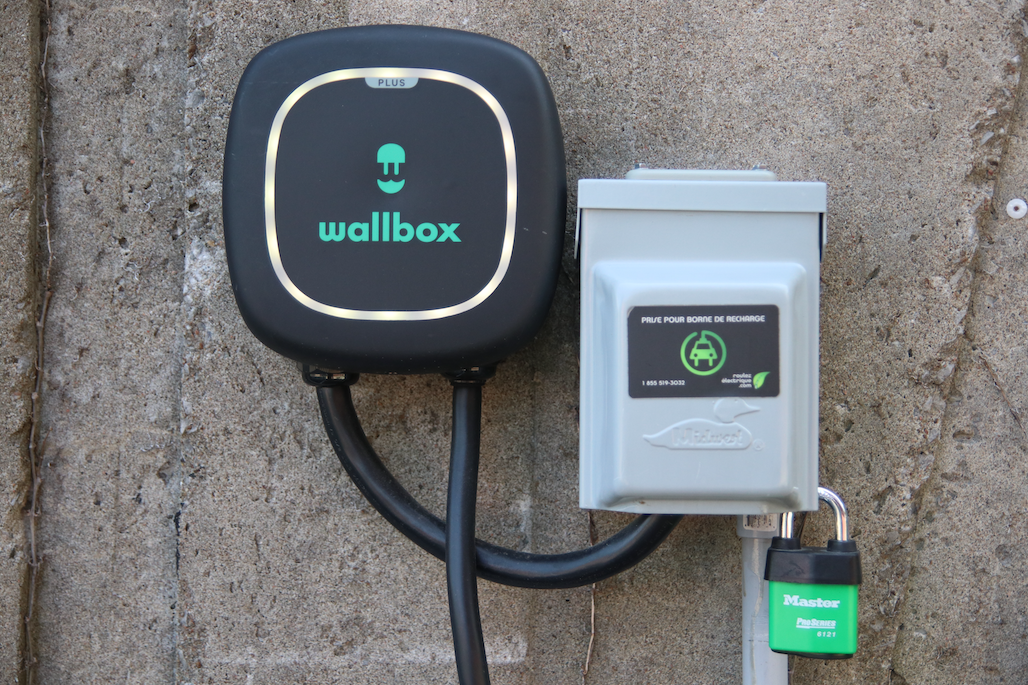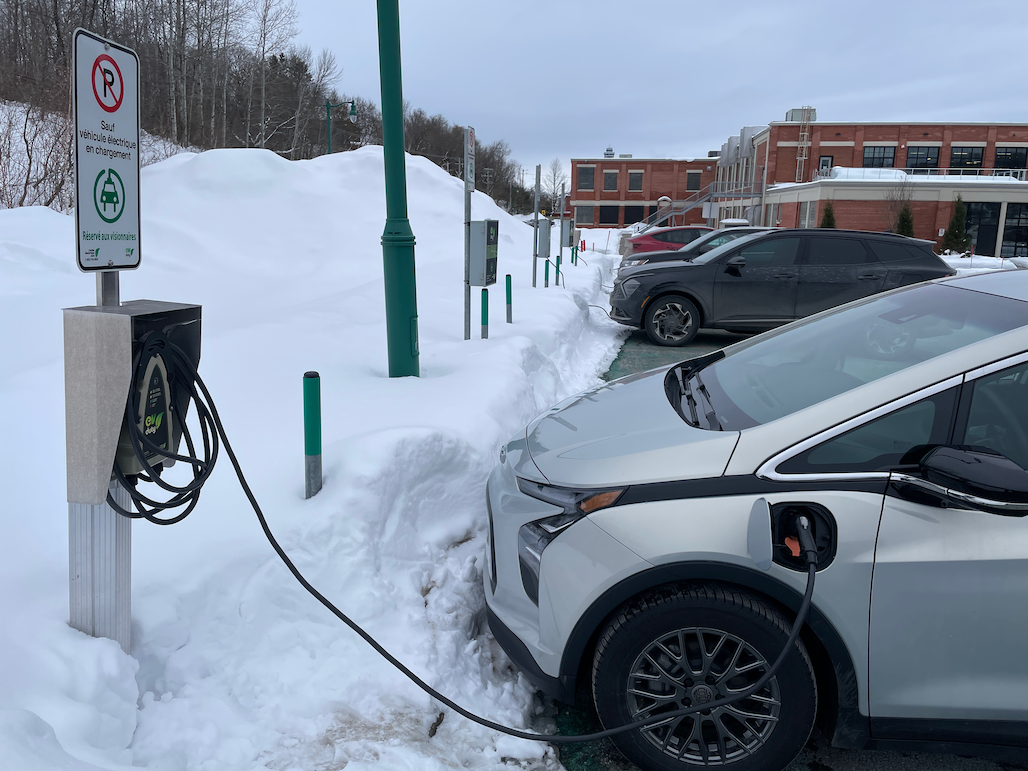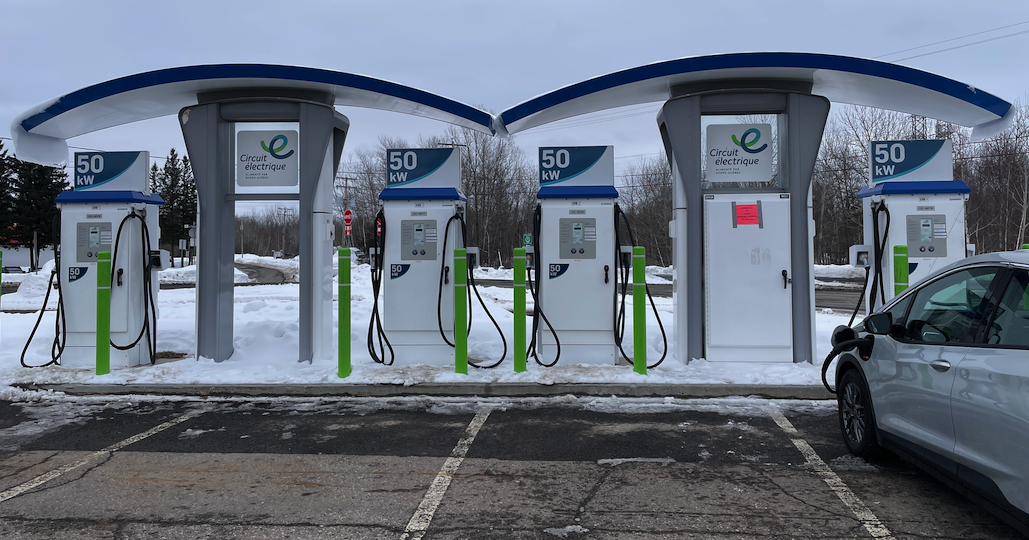Where to charge your electric vehicle? At home, on the road and at work
Charging an electric car is easy. Discover the different charging options for your plug-in vehicle: Types of charging stations for home and how to find and use public charging stations.
An increasing number of electric vehicles on the road
The automobile industry is currently undergoing a quiet revolution, propelled by the rapid growth of electric vehicles (EVs). As environmental awareness grows and governments intensify their efforts to reduce greenhouse gas emissions, EVs are gaining in popularity worldwide. This transformation of the automobile landscape offers a cleaner, more sustainable alternative to traditional fossil fuel-powered vehicles.
The switch to electric vehicles goes beyond simply choosing the car itself. Understanding the different charging options is essential to maximizing the benefits of this ecological transition.
From home charging, which is both practical and personal, to the use of public charging stations on the move, to the possibility of charging your electric vehicle at work, each choice shapes the way drivers integrate EVs into their daily lives.
At home: which residential charging station should you choose ?
Charging your car when you get home is as easy as charging your phone or computer.
Two charging options are possible:
- the use of the portable charger that is part of the vehicle's equipment, plugged into a 120V outlet;
- the purchase and installation of a 240V charging station by an electrician;
It's like having your own gas station at home. But the cost of home charging is only a fraction of the cost of gasoline. On average, about two dollar’s worth of residential electricity will allow you to travel 100 kilometers.
>> All the details on the cost of recharging
The 120 V household outlet
A plug-in vehicle always comes with a portable 120V charger that plugs straight into a standard household outlet.
This method allows a charging speed of up to 6 km per hour (depending on the car model). With a 120V terminal, vehicles with a battery less than 20 kW can generally be recharged in 3 to 12 hours.
The 120V terminal will ensure a full daily charge if the electric vehicle travels less than 100 km per day. If usage is more intense, a 240V charge should be considered to ensure a full charge at least once per day.
Good to know: the 120V charging station is not designed for a permanent installation and the EV driver will generally have to store it back in the vehicle before leaving. If the driver chooses to leave the 120V terminal at home instead, it will no longer be in the car in case of exceptional need, which is an important function of this basic EV equipment.
240 V charging is up to five times faster
The main benefit of a 240V charging station is its greater charging speed, which is three to five times faster than 120V charging. The vehicle will gain up to 40 km in range per hour when charging with such a station.
Most EV drivers therefore opt for 240V charging at home. Charging will take three hours or less for smaller batteries (20 kWh or less) and up to 12 hours for larger batteries (40 to 100 kWh).
The other big advantage of 240V charging: you can preheat your vehicle during the winter. With a remote car starter, you can defrost and preheat the connected vehicle without drawing on the battery reserve, since the required energy will be supplied by the charging station.
>> More details on charging time.
You can schedule your EV charging
Using the vehicle’s dashboard or mobile application, you can schedule specific charging times. This makes it possible, among other things, to optimize the battery’s condition depending on the planned departure time.
This function also helps avoid peak periods during the coldest winter months, following Hydro-Québec’s recommendations.
How can I install a charging station at home ?
Whether you live in a house or a condo, it is practically always possible to install a residential charging station 240V.
Some rental property owners even offer this service to their tenants because it’s an increasingly coveted advantage.
The Quebec government, some municipalities and even some employers offer subsidies to encourage owners of rechargeable vehicles to have their own home charging station.
>> All the details in our "Purchase and installation of home terminal" page.

At work: employee-only charging stations
More and more companies are installing charging stations for their employees with dedicated parking spaces to charge their vehicles.
The Charging Station at Work Program provides financial assistance to businesses that want to offer this service to employees.
Benefits of workplace charging stations for employees
For EV owners, charging stations at work are convenient, especially for preheating during winter months. For people who are considering the purchase of an electric car, it allows them to opt for a less expensive model with a smaller battery since the vehicle will be fully charged for the ride home. Owners of plug-in hybrids also benefit by further reducing the use of their gasoline engine.
Benefits of workplace charging stations for businesses
For businesses, charging stations at work is an investment that can really pay off. It is a great advantage to attract and retain employees. Furthermore, it also symbolizes an environmental commitment that improves the company's image.

On the road: public charging networks
Most EV drivers occasionally charge their vehicles on a public network, generally during long trips that surpass the vehicle's range.
Today, it’s very easy to travel almost everywhere in Quebec by electric car. Charging stations are located in a wide variety of locations, close to businesses and services.
Charging your electric vehicle on the road
For charging on the road, the wise EV driver plans breaks according to the vehicle’s charging needs. A stop at a tourist destination, a meal break or a snack all become opportunities to plug in. Public charging networks include three types of charging stations: 240V charging stations, DC fast-charging stations (DCFC) and Tesla Superchargers.
Useful applications for finding public charging stations
To locate charging stations along the various networks, EV drivers can consult one of the mobile applications offering this service. The most widely used in Quebec are the Electric Circuit mobile application, which locates its own charging stations and those of partner networks, and the ChargeHub application, which includes the charging stations of all public networks.
These two applications also offer a trip planning feature that is very useful for longer trips. The EV driver can input the final destination and the application pinpoints charging options along the way, taking into account the driver’s registered vehicle. These applications also make it possible to check the status of targeted charging stations (available or in use, for example).
A constantly expanding network
New public charging options are being added all the time. In the fall of 2023, there are more than 10,000 public charging stations in Quebec, including 1500 fast charging stations. The Hydro-Quebec Electric Circuit network alone has 1241 fast charging stations, while the Tesla Supercharger network has 318.
The main networks are:
Also worthy of mention: EcoCharge network, launched in late 2020, in partnership with IGA supermarkets.
Types of public charging stations
Depending on trips, planned stops and vehicle compatibility, an EV driver will choose between a 240V charging station, a DC fast charging station (DCFC) or, for Tesla vehicles, a Supercharger.
Public 240 V charging stations
- Compatible with all plug-in vehicles.
- Two types of rates: by session ($0 to $10 ) or by the hour ($1 to $3).
- Charging speed of 30 to 40 km per hour.
- Often called "destination" charging, usually for a stop that is longer than an hour.
- Suggested activity while charging: shopping, eating at a restaurant, catching a movie, visiting a tourist site, overnight stay at a hotel, etc.
- Sometimes, these charging stations can also be found in park-and-ride lots for public transport.
DCFC
- Compatible with all-electric vehicles equipped with a fast-charge port.
- Plug-in hybrids are not compatible with DCFCs, with the exception of the Mitsubishi Outlander PHEV.
- Charging speed of 150 to 200 km per charging hour. More and more ultra-fast stations are emerging, with charging speeds of up to 300 km per hour. However, only a few very recent models can currently take full advantage of them.
- For a stop generally shorter than an hour, during long trips.
- Suggested activity while charging: snacking, shopping, walking around.
Tesla Supercharger
- Compatible with Tesla vehicles only.
- Variable pricing depending on models and packages.
- Charging speed of 300 to 400 km per hour.
- Usually for a stop under 30 minutes, during long trips.
- Suggested activity while charging: snacking, shopping or walking around.

Good public charging practices
Spaces next to charging stations are reserved for charging electric vehicles. Once a charging session is completed, the vehicle must be moved to free up the charging station.
Spaces reserved for charging. It’s the law!
Since May 18th, 2018, article 388.1 of the Highway Safety Code stipulates that «Only electric road vehicles and plug-in hybrid road vehicles may stop in a space reserved for recharging electric vehicles [...] if they are plugged into a charging station».
There is no need to stay near the vehicle while charging. The EV driver takes note of the estimated time of completion of the charge indicated by the car or using the charging station’s app, and makes sure to return before the end.
But once the charging session is over, the vehicle must be moved to free the access to the charging station.
Recommendation: 80% maximum at a DCFC
At DC fast charging stations (DCFC), it is recommended to stop charging once the battery level is at around 80% since the charging speed decreases when approaching this point.
Since public charging is billed by the minute, it becomes increasingly expensive beyond 80%.
If more energy is needed, it may be better to continue charging at a 240V station. If another DCFC station is available along the way, an efficient option could be to continue the trip and to charge later on. That way, fast charging is done in optimal conditions, reducing total time and cost.
Even more options for EV drivers
Electric vehicle charging offers increasing flexibility through a variety of options at home, on the road and at work. By understanding these options, drivers can optimize their electric driving experience while contributing to sustainable mobility.
Videos for more information (French only)
- Tips and tricks to answer frequently asked questions about electric vehicles, with a focus on four themes: charging, battery and range, maintenance as well as rebates and incentives (recorded webinar)
- How does Hydro-Québec plan to meet energy needs related to transportation electrification and what can we do to reduce the pressure placed on the network? (recorded webinar)